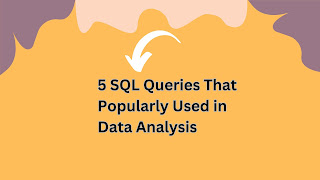The
IBM Netezza data warehouse appliance is easy-to-use and dramatically accelerates the entire analytic process.
The programming interfaces and parallelization options make it straightforward to move a majority of analytics inside the appliance, regardless of whether they are being performed using tools from such vendors as IBM SPSS, SAS, or Revolution Analytics, or written in languages such as Java,Lua, Perl, Python, R or Fortran.
Additionally, IBM Netezza data warehouse appliances are delivered with a built-in library of parallelized analytic functions, purpose-built for large data volumes, to kick-start and accelerate any analytic application development and deployment.
The simplicity and ease of development is what truly sets IBM Netezza apart.
It is the first appliance of its kind – packing the power and scalability of hundreds of processing cores in an architecture ideally suited for parallel analytics.
Instead of a fragmented analytics infrastructure with multiple systems where data is replicated, IBM Netezza Analytics consolidates all analytics activity in a powerful appliance.
It is easy to deploy and requires minimal ongoing administration, for an overall low total cost of ownership.
Simplifying the process of exploring, calculating, modeling and scoring data are key drivers for successful adoption of analytics companywide. With IBM Netezza, business users
can run their own analytics in near real time, which helps analytics-backed, data-driven decisions to become pervasive throughout an enterprise.
What is Netezza (Ref: wiki)
Netezza (pronounced Ne-Tease-Ah) designs and markets high-performance data warehouse appliances and advanced analytics applications for uses including enterprise data warehousing, business intelligence, predictive analytics and business continuity planning.
Founded in 1999 by Foster Hinshaw, Netezza was purchased by IBM in 2010 for $1.7 billion. Netezza and Hinshaw are credited with creating the data warehouse appliance category to address consumer analytics efficiently by providing a modular, scalable, easy-to-manage database system that’s cost effective.
This class of machine is necessary to manage the "data-intense" workloads of modern analytics and discovery that are not well handled with legacy technologies, most of which are designed around traditional "computer-centric" workloads.
Netezza's implementation is characterized by:
(a) data-intelligent shared-nothing architecture, where the entire query is executed on the nodes with emphasis on minimizing data movement;
(b) use of commodity FPGA's to augment the CPU's and minimize network bus traffic; and
(c) embedded analytics at the storage level.


.jpg)

Comments
Post a Comment
Thanks for your message. We will get back you.